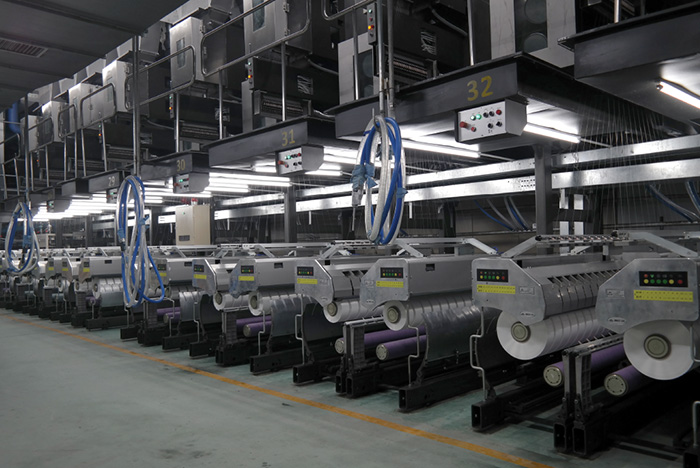The producer now has little control over the supply chain. As such, new risks have emerge relating to decentralized manufacturing, global transportation of goods, payment default by customers, and political risks of operating globally.
The textile sector of today looks very different than the textile sector of the past. So too are the risks that come with operating in the industry, and the insurance strategies that help manage those risks.
A generation ago a textile producer would likely purchase raw materials from the Southeastern United States and move them to a regional mill. After processing, goods were likely sold to another regional textile company or directly to a retailer. The customer was likely family owned with close ties, and the retailer was likely a well-known brand that the producer trusted.
The producer had a good deal of control over the supply chain. The primary risks the business faced revolved around operations at the producers’ mill. These risks would include employees getting hurt on the job, or damage to the mill itself. The insurance solutions that mitigate these risks are coverages like workers compensation and commercial property coverages. These coverages are common/standard policies that don’t require specialization to be placed.
The operations of the textile producer today look much different. The producer is still likely purchasing raw materials from the Southeastern United States. However, materials are now moved to mills in another part of the world for processing. Materials could then be shipped back to the U.S. for finishing, or still sold directly to a retailer. The once family operated customer may now be run by a private equity firm as an investment. The retail customer now faces challenges of changing consumer habits and may not be as strong financially as they have been in the past. Many trusted retail brands from the past have dissolved or restructured.
The producer now has little control over the supply chain. As such, new risks have emerged relating to decentralized manufacturing, global transportation of goods, payment default by customers, and political risks of operating globally. The insurance solutions that mitigate these risks are complex in nature and require specialization from brokers to correctly place.
While we don’t yet know what textile operations of tomorrow will look like – it is safe to say they will be more automated and digitalized. The same risks of yesterday and today will still exist – but cyber risks will become a larger part of the picture. Hackers are moving away from stealing personal data and towards gaining control over corporate systems, even entire factories. The decentralized and global nature of the textile supply chain puts the industry at high risk. Insurance solutions that mitigate cyber risk are evolving quickly and require even more specialization to correctly place.
The textile industry has evolved over the years; the insurance industry has also evolved. Textile producers should look for risk management partners who understand the evolving challenges the industry faces and have specialized experts to help manage related risks. Some key factors to consider and questions to ask when investigating risk management partners include:
- Industry Experience. Do your risk partners work with other textile companies? How well do they understand the industry? Many companies choose risk partners based on relationships like friends, neighbors or members of social clubs. As business risks of the textile industry get more complex – do these relationships have the specialization to assist as operations evolve?
- Firm Resources. What services beyond obtaining quotes does the firm provide? What role do they play in loss control and safety of your business? What is their role in the claims process? What data analytics are provided to help make decisions about how much coverage to buy? What resources are available at a national, international, or product specialty level that may be needed for your business?


